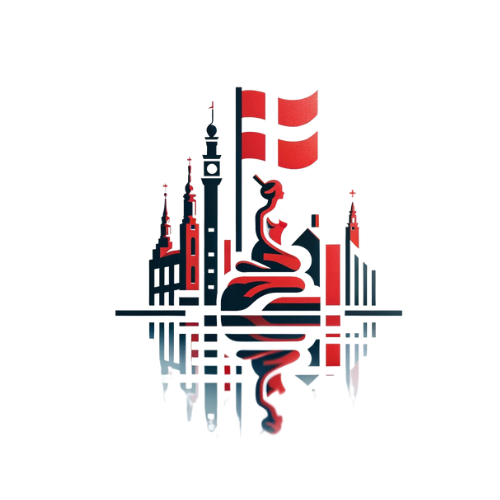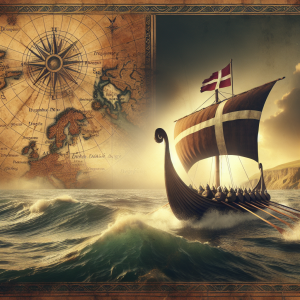As a Danish native, I have always been fascinated by the rich cultural heritage of the Danish Royal Family. With a history dating back more than a thousand years, the Danish monarchy has played a significant role in shaping the country’s culture and traditions. In this article, I will explore the cultural significance of the Danish Royal Family, both historically and in contemporary times.
Historical Significance
The Danish Royal Family has a long and storied history, dating back to the Viking Age. The first recognized King of Denmark, Gorm the Old, reigned in the 10th century and is considered the founder of the Danish monarchy. Over the centuries, the royal family has played a pivotal role in the country’s political, social, and cultural development.
One of the most enduring symbols of the Danish Royal Family is the iconic Rosenborg Castle in Copenhagen, which has served as a royal residence and houses the crown jewels of Denmark. The castle, with its intricate Renaissance architecture and lush gardens, stands as a testament to the enduring significance of the monarchy in Danish history.
Royal Traditions and Ceremonies
The Danish Royal Family has a rich tapestry of traditions and ceremonies that have been passed down through generations. One such tradition is the Changing of the Guard at Amalienborg Palace, the official residence of the Danish monarch. This daily event is a beloved tourist attraction and a source of pride for the Danish people, as they witness the continuation of age-old customs.
Another significant tradition is the annual New Year’s speech delivered by the Danish monarch, which is broadcasted nationwide. This speech serves as an opportunity for the royal family to connect with the Danish people and provide insights into the state of the nation, as well as to reflect on the events of the past year.
Contemporary Relevance
While the Danish Royal Family has deep historical roots, they also continue to have a significant impact on contemporary Danish culture. One of the most beloved members of the royal family is Queen Margrethe II, who has reigned since 1972. The Queen is widely admired for her commitment to the arts and her passion for cultural preservation.
Furthermore, the royal family’s role in diplomatic relations and charity work has continued to make them relevant in modern Danish society. Members of the royal family participate in various official engagements, both domestically and internationally, promoting Danish interests and goodwill across the globe.
The Royal Family and Danish Design
One area where the Danish Royal Family has made a significant cultural impact is in the realm of design. Queen Margrethe II, in particular, is known for her artistic talents and has designed various textiles and costumes for theatrical productions. Her love for artistic expression has influenced Danish design and fashion in contemporary times.
- Danish Word: Eftermiddagsteater (Afternoon Theater)
- Translation: A Danish performing arts tradition influenced by the royal family’s affinity for theatrical productions.
The Danish Royal Family has also played an influential role in promoting Danish design and craftsmanship internationally. The late Prince Consort, Henrik, was a passionate advocate for Danish design and was involved in various initiatives to showcase Danish innovation and creativity on the global stage.
Conclusion
The Danish Royal Family has left an indelible mark on the country’s culture and traditions, both historically and in contemporary times. From their enduring traditions and ceremonies to their influence in the realms of art and design, the royal family continues to shape the cultural identity of Denmark. As a Danish native, I take immense pride in the rich cultural legacy of the Danish Royal Family and the impact they have had on our nation’s history and identity.
Indeed, the Danish Royal Family stands as a symbol of continuity and tradition, bridging the past with the present, and serving as a source of national pride for the Danish people.





